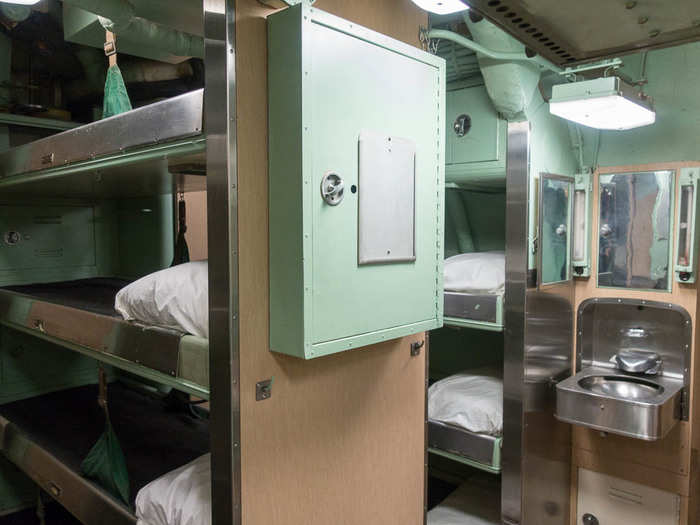- Home
- Military & Defense
- See inside the US's first nuclear-armed submarine, which could fire a nuclear missile powerful enough to wipe out New York City
See inside the US's first nuclear-armed submarine, which could fire a nuclear missile powerful enough to wipe out New York City
The USS Growler was one of the United States' early attempts to create a submarine that could carry out nuclear deterrence. This is the ship on launch day in April 1958 in Portsmouth Naval Yard in Kittery, Maine, where it was built.

Today, it rests in New York, having been decommissioned in 1964. The sub was unique because it carried a Regulus I cruise missile armed with nuclear warheads. The sub had to surface to fire the missile.
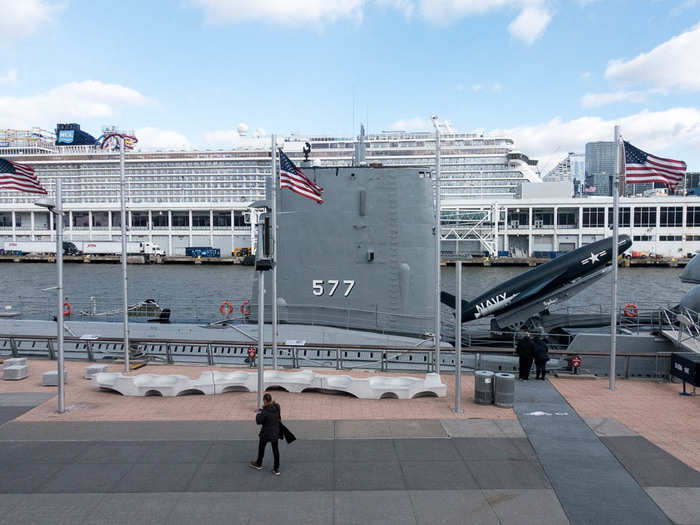
This missile hangar is where the sub stored two of its four Regulus I missiles. The Regulus I warhead was 50 times more powerful than the bombs dropped on Hiroshima and Nagasaki combined. The launch process took 15 to 30 minutes.
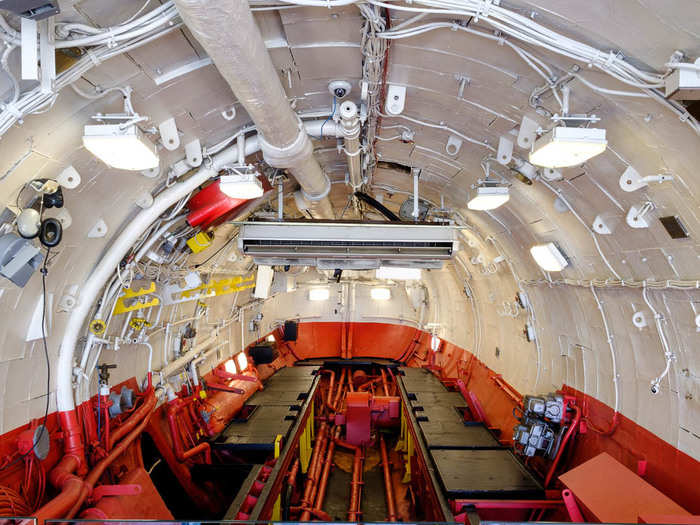
This is the sub's navigation compartment. Navigation was exceptionally difficult when it first launched, leading to it receiving an overhaul in 1961. The sub was the first in the US Navy to receive the far more accurate Lorcan-C radio-navigation system.
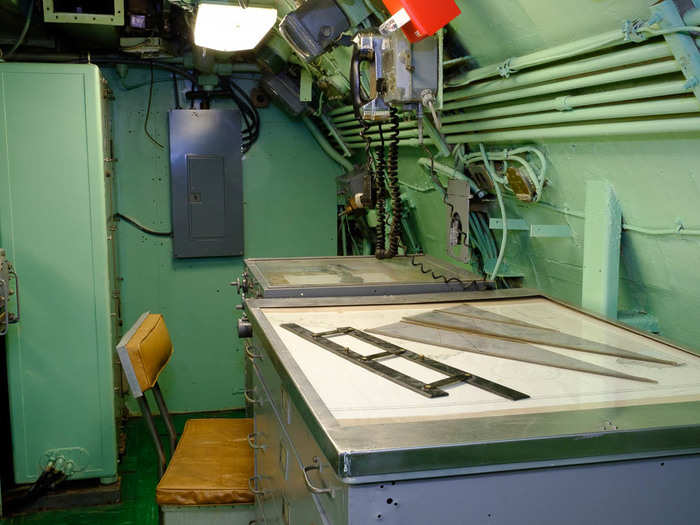
While the sub had several diesel engines, it ran completely on electricity. The engines were used as "battery chargers" to keep the sub running.
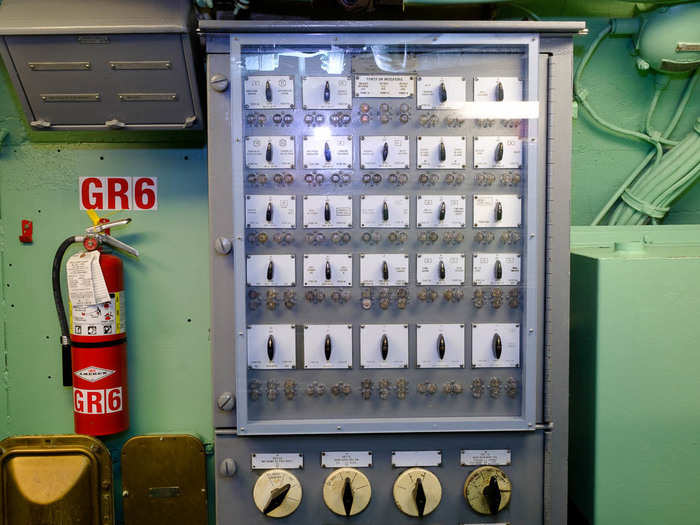
This is the missile checkout and guidance center. The lights and meters indicate the readiness of the Regulus I for firing, as well as controls to start the engine and launch the missile.
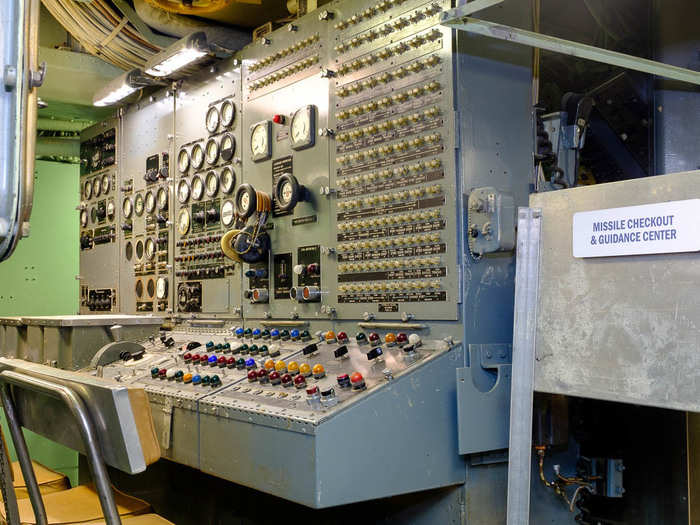
Ninety-five men were on board the sub while it was on patrol. The commanding officer got a stateroom to him or herself.
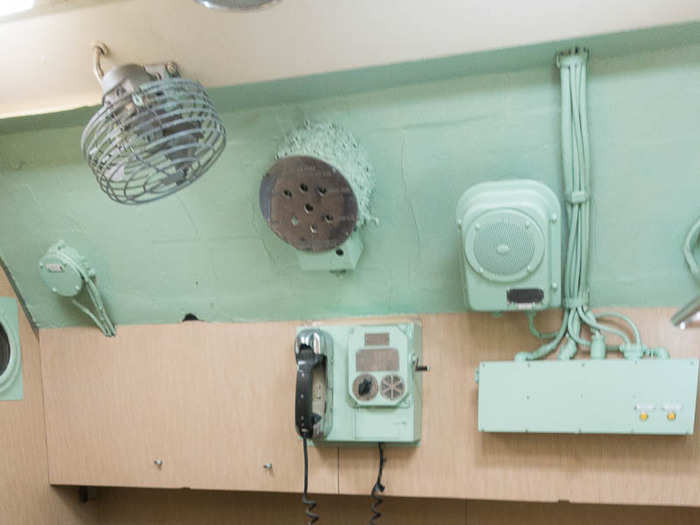
The doors from compartment to compartment required some careful maneuvering so as not to hit your head. Moving fast during an emergency situation required serious skills.
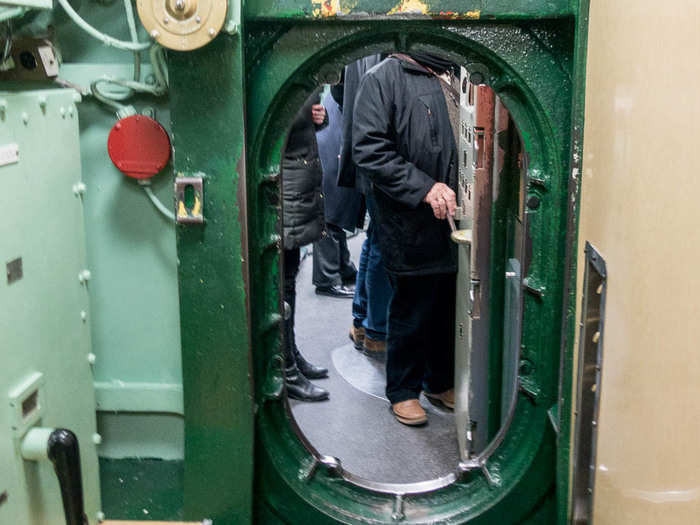
Next up is the Growler's control room and attack center, the nerve center of the entire sub. Here, the crew evaluated the ship's various instruments, steered the sub, and received orders from the commanding officer.
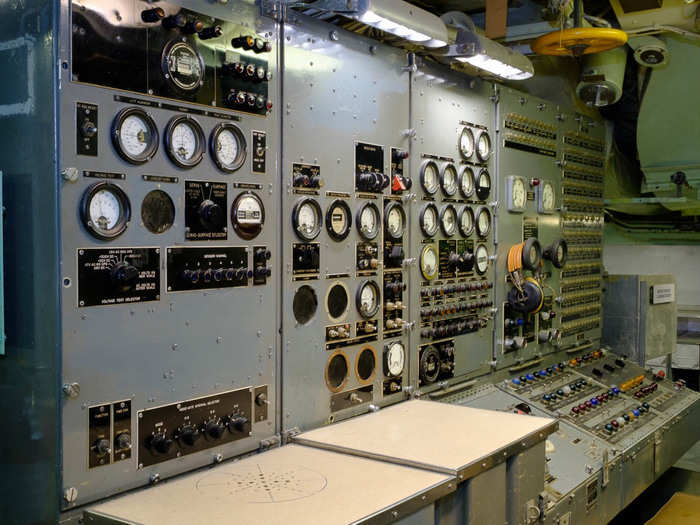
The sub has two periscopes, an observation periscope and an attack periscope. The observation periscope has a wider, panoramic view for navigation. The attack periscope has greater magnification for targeting enemy ships.
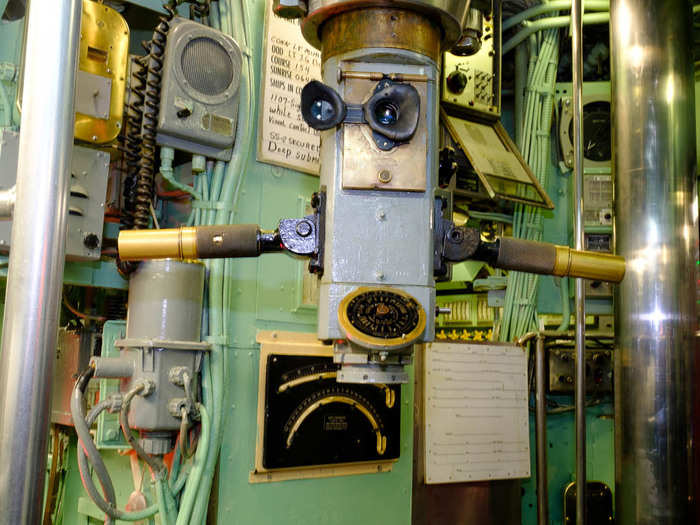
Just about everything in the sub could be observed or monitored from one of the instrument panels in the control room.
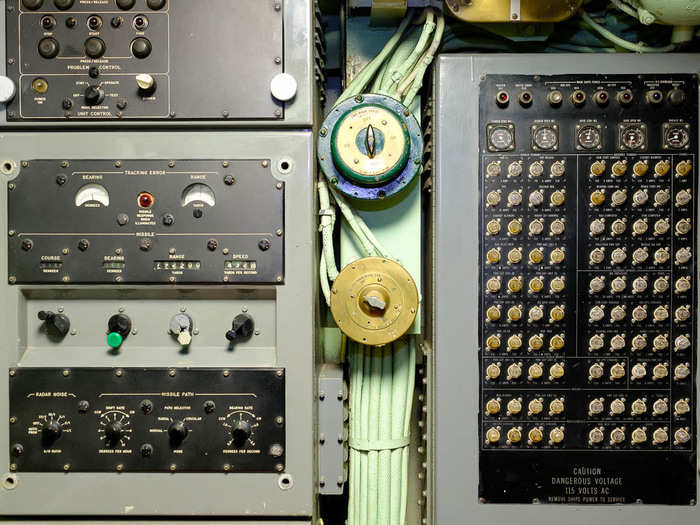
The control room has three steering wheels. The first is ballast tank control, used to flood the tanks or pump air in to raise or lower the sub. The second is to steer left and right, and the third is the angle that the sub ascends or descends at.
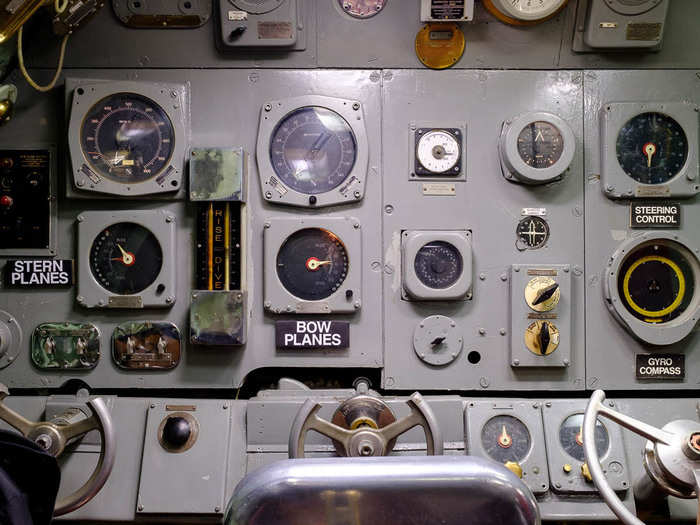
Sonar was extremely important to the Growler, which was used to assist navigation and track other vessels. While the sub was capable of using active and passive sonar (meaning it could both listen and send out pings), it relied far more on passive so as not to give up its position.

Source: Intrepid Museum
This is the radio room. The Growler could send messages at periscope depth, but usually it only received them. During the 1962 Cuban Missile Crisis, the Growler was on alert, ready to fire its nuclear missiles, and could only receive messages. If a false message was sent to the sub, they'd have no way of clarifying and would have no choice but fire.
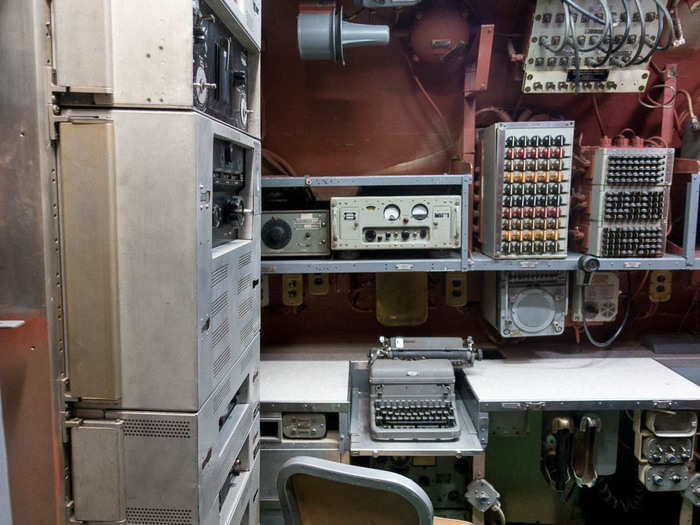
Source: Military Factory
This is the crew's mess where meals were eaten. Because submarine duty was considered grueling, the Navy made sure subs got the best food it had to offer.
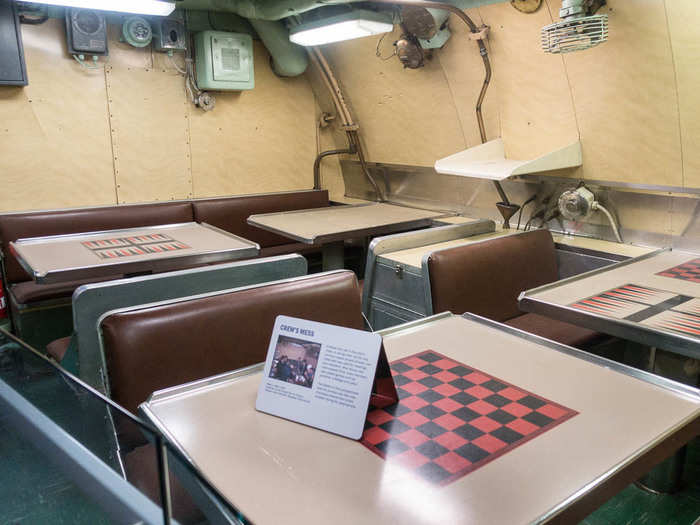
Source: We Are The Mighty
The wardroom was where officers ate their meals and socialized. Submarine crews had to made up of special people who could handle the long weeks shut in a metal tube. It wasn't for everyone.
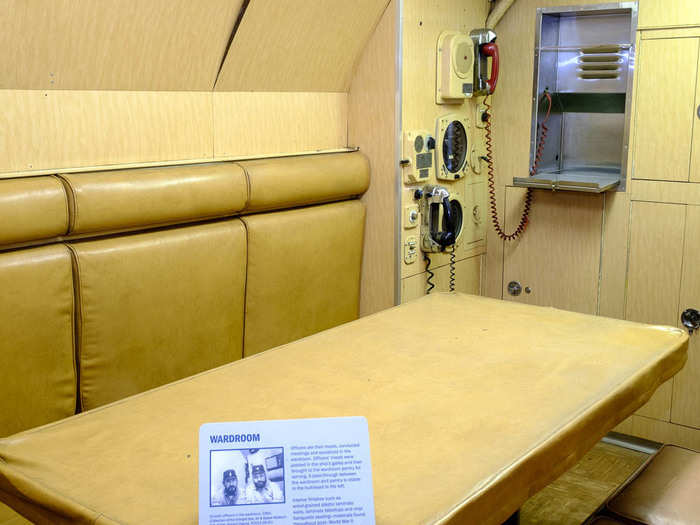
The Growler produced fresh water through these distilleries, which boiled seawater to remove salt. But water, which was needed for the diesel engines and batteries, was scarce for crew. Most men only showered once every 10 days or so, and there was no laundry.
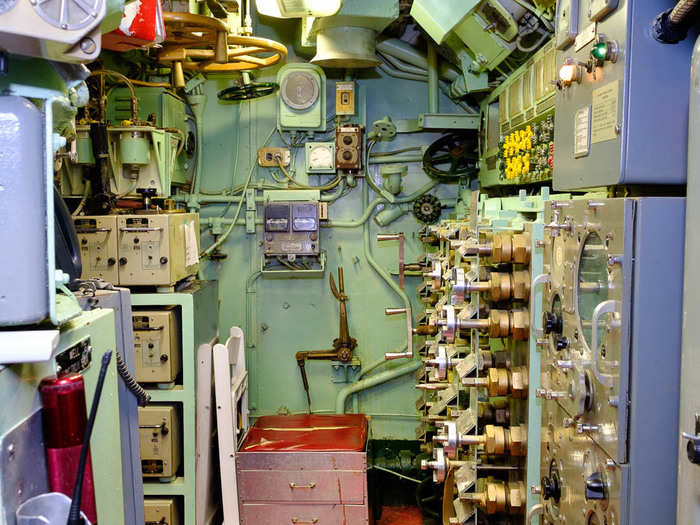
Source: We Are The Mighty
This is the control for the engine room. The sub had three Fairbanks-Morse high-speed diesel engines that were soundproofed to prevent detection. The engines powered generators that drive the Growler's electric motors or recharge the sub's batteries.
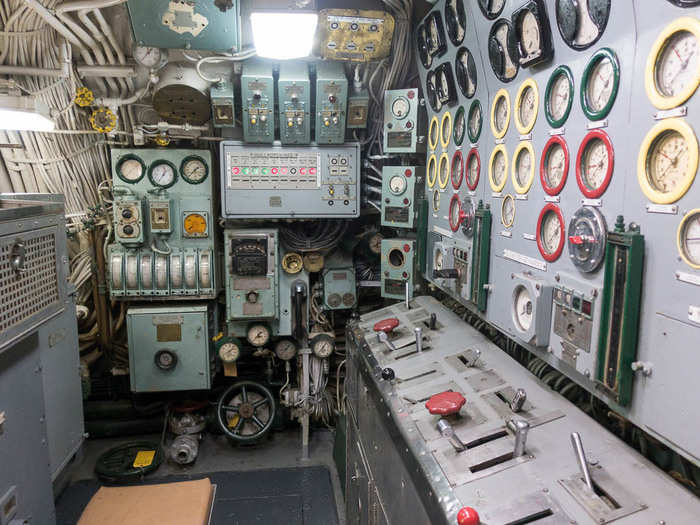
Officers in the control room ordered crew members to control the Growler's speed here in the maneuvering room. The sub could achieve 12 knots while submerged and 14 knots while surfaced.
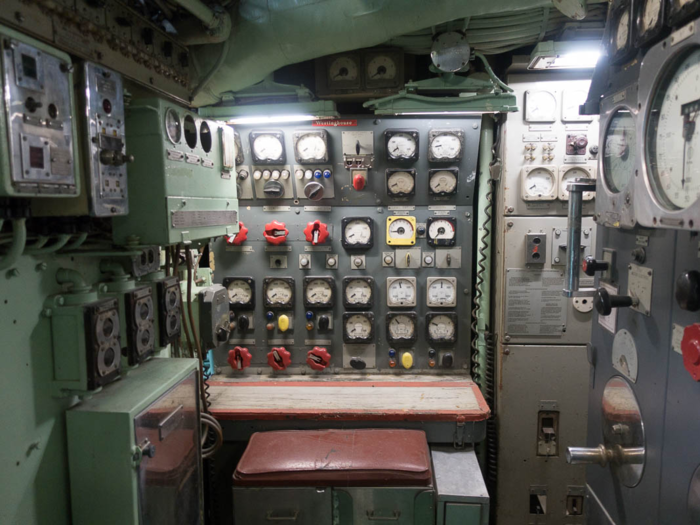
This is the other crew's quarters. With little hygiene and constant cigarette smoke, the sub was periodically filled with the stench of diesel, sweat, hydraulic fluid, cooking, and sewage. About every three days, the sub had to surface to get fresh oxygen.
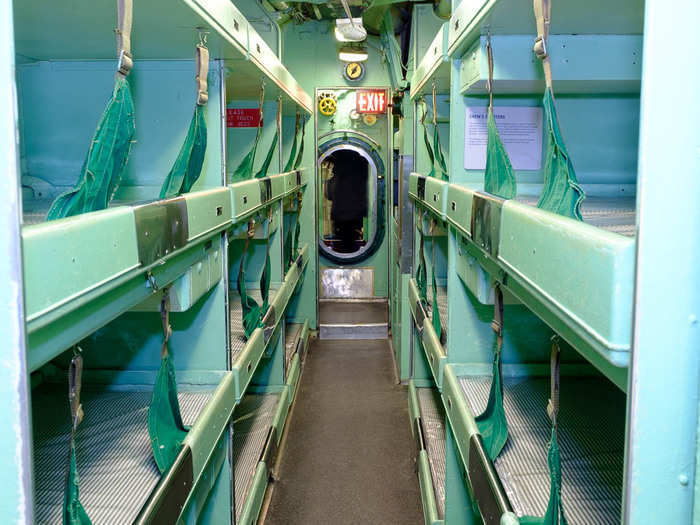
The ship had 15 torpedoes for self defense, which could be fired from the front or back of the sub. The torpedo room also had nine bunks for crew. The sub's patrols, close to Soviet shores, were supposed to be 60 days, but the sub was told at 42 days that the Navy had deemed that length "the limit of human endurance for the crew."

Popular Right Now
Popular Keywords
Advertisement
